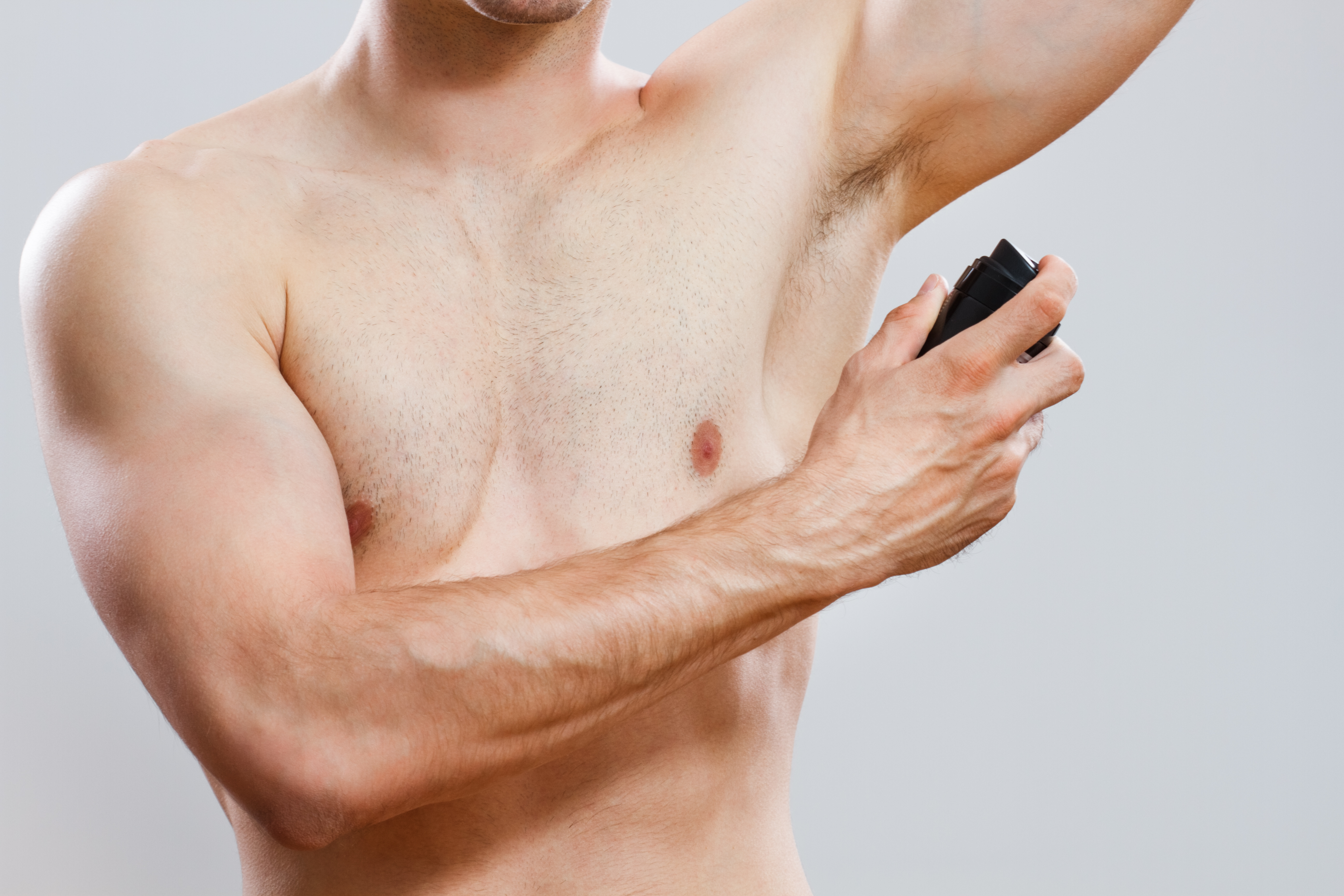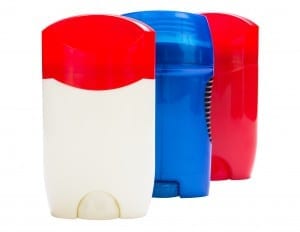 Stick, spray, or roll-on. The purpose of antiperspirants is to help reduce sweating. “It is by far one of he most common personal care products we all use,” says Dr Miriam Hanson, board certified dermatologist in Austin, Texas. “It’s really a part of our wardrobe.”
Stick, spray, or roll-on. The purpose of antiperspirants is to help reduce sweating. “It is by far one of he most common personal care products we all use,” says Dr Miriam Hanson, board certified dermatologist in Austin, Texas. “It’s really a part of our wardrobe.”
As an expert in diseases of the hair skin and nails, Dr. Hanson sees it all. “Sweating is just another reaction on the skin,” she explains. “The problem is when it starts to interfere with our social interactions, work or simply affect a patient’s confidence. This is typically when I get involved.”
We are all familiar with embarrassing underarm sweat stains and the odor that often goes with it. Many people use antiperspirants that are formulated with a fragrance to help eliminate odors.
“Actually, the sweat isn’t what gives you underarm odor,” says Dr. Adam Mamelak, board certified dermatologist at Sanova Dermatology. “Bacteria metabolize dead skin cells and the salts in the sweat, releasing a foul smell that we recognize as body odor.” For those who do not sweat profusely, many choose to use a deodorant instead of an antiperspirant.
Antiperspirant Versus Deodorant
The fundamental difference between an antiperspirant and deodorant is how these product work, as well as the active ingredients that they utilize. Antiperspirant contains compounds to help reduce the amount of sweat that is produced under the arms. Deodorants, on the other hand, allow for the natural release of sweat, but it combats the smell by using an antiseptic agent that will kill bacteria that causes bad body odor. Antiperspirants tend to be more effective than deodorants as they usually are formulated to block perspiration as well as cover any smells with their agreeable aroma.
How Do Antiperspirant Stop Sweat?
- Aluminum. Most antiperspirants are formulated with aluminum as this active ingredient helps plug up active sweat glands. “The percentage of aluminum chloride essentially helps reduce the amount of sweat that is produced,” says Dr. Mamelak. The effects are temporary, however. Clinical strength antiperspirants contain higher concentrations of this active ingredient.
- Parabens. Even though this ingredient is typically used to help reduce bacteria formation on cosmetic products, studies have shown that parabens can also halt the process of sweat glands. “There has been some concern with parabens in recent years and many patients choose to avoid skin care products that contain parabens,” says Dr. Hanson. In general, using a product that is approved by the FDA also ensures that consumers stay safe when investing in antiperspirant.
No Chemicals? No Sweat
Products are approved as antiperspirants if they reduce 20% of the sweat produced. Clinical strength means these products reduce 30%. “Many patients are apprehensive about chronically exposing themselves to chemicals with such a small clinical effect,” claims Dr. Hanson. This is one of the major reasons procedures like Botox and Miradry microwave therapy that permanently can reduce sweating by 80%, have become such popular chemical-free alternatives in controlling sweating.
Contact Us
To learn more about skincare and how a dermatologist can help with your sweating and skin’s health, contact us at Sanova Dermatology today.
Join Us

